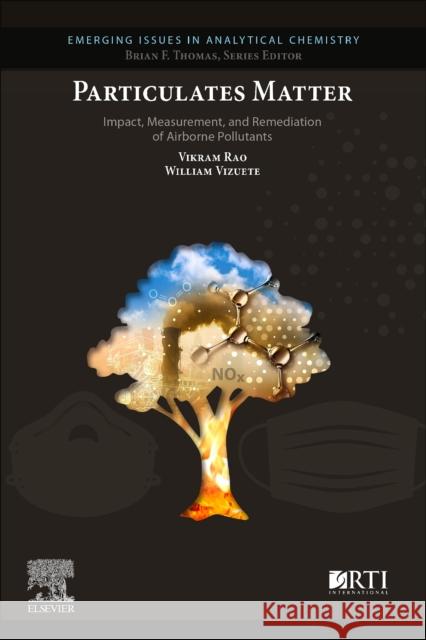Particulates Matter: Impact, Measurement, and Remediation of Airborne Pollutants » książka
topmenu
Particulates Matter: Impact, Measurement, and Remediation of Airborne Pollutants
ISBN-13: 9780128169049 / Angielski / Miękka / 2020 / 260 str.
Kategorie:
Kategorie BISAC:
Wydawca:
Elsevier
Seria wydawnicza:
Język:
Angielski
ISBN-13:
9780128169049
Rok wydania:
2020
Numer serii:
000811345
Ilość stron:
260
Waga:
4.66 kg
Wymiary:
22.86 x 15.24 x 1.52
Oprawa:
Miękka
Wolumenów:
01











